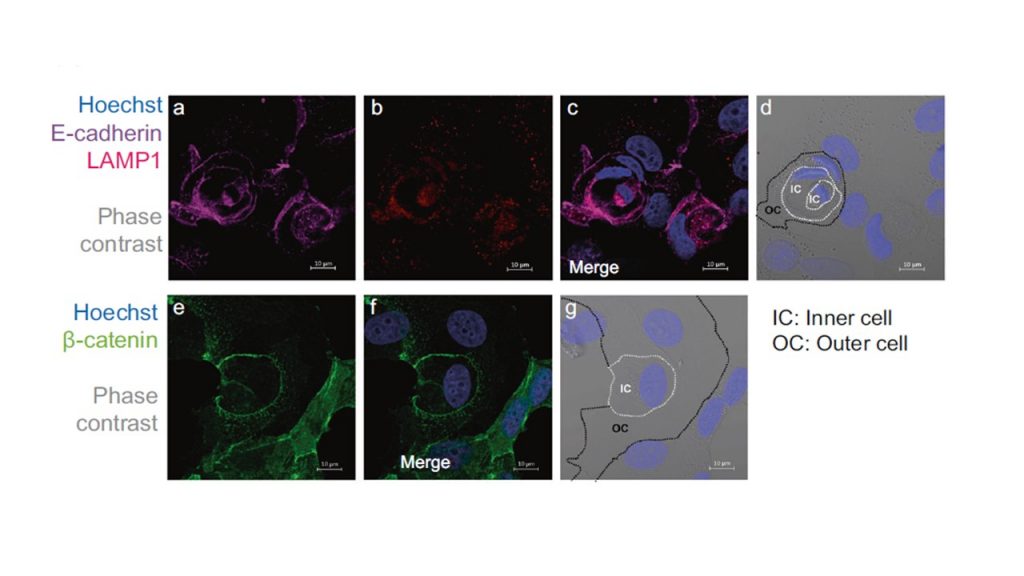Vasilopoulou F, Rodríguez-Arévalo S, Bagán A, Escolano C, Griñán-Ferré C, Pallàs M. Disease-modifying treatment with I2 imidazoline receptor ligand LSL60101 in an Alzheimer’s disease mouse model: a comparative study with donepezil. Br J Pharmacol. 2021 doi: 10.1111/bph.15478.
Background and Purpose
The development of effective therapeutic strategies against Alzheimer’s disease (AD) remains a challenge. I2 imidazoline receptor ligands have a neuroprotective role in AD. Moreover, co-treatment of AChE inhibitors with neuroprotective agents have shown better effects on the prevention of dementia. Here, we assessed the potential therapeutic effect of the I2 ligand, donepezil and their combination in 5XFAD mice.
Experimental Approach
5XFAD female mice were treated with low doses (1 mg·kg−1·day−1) of LSL60101, donepezil and donepezil plus LSL60101, during 4 weeks per os. Novel object recognition, Morris water maze, open field, elevated plus maze and three-chamber tests were used to evaluate the cognitive and behavioural status after treatment. The effects on AD-like pathology were assessed with immunohistochemistry, western blot, ELISA and qPCR.
Key Results
Chronic low-dose treatment with LSL60101 and donepezil reversed cognitive deficits and impaired social behaviour. LSL60101 treatment did not affect anxiety-like behaviour in contrast to donepezil. In the 5XFAD brains, LSL60101 and donepezil/LSL60101 treatments attenuated amyloid-β pathology by decreasing amyloid-β40 and amyloid-β42 levels, amyloid-β plaque number and tau hyperphosphorylation. These alterations were accompanied by reduced microglia marker Iba-1 levels and increased Trem2 gene expression. LSL60101 and donepezil decreased glial fibrillary acidic protein (GFAP) astrocytic marker reactivity. However, only LSL60101 and donepezil/LSL60101 treatments significantly increased the synaptic marker levels of post-synaptic density protein 95 and synaptophysin.
Conclusion and Implications
Chronic low-dose treatment with selective I2– ligands can be an effective treatment for AD and provide insights into combination treatments for symptomatic and disease-modifying drugs.
https://bpspubs.onlinelibrary.wiley.com/doi/10.1111/bph.15478




